Buckeye Host Plants
susanlynne48
17 years ago
Related Stories
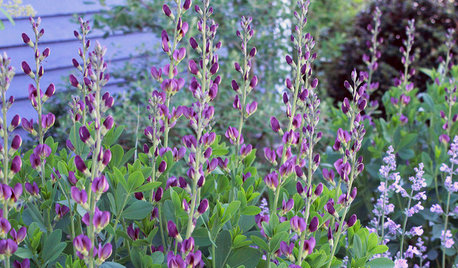
GARDENING FOR BUTTERFLIES7 Native Wildflowers to Make You an Awesome Butterfly Host
Offer the leaves of these and you’ll get more butterflies than with flower nectar alone
Full Story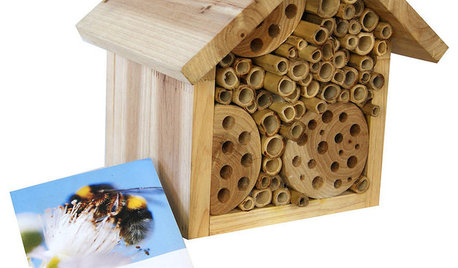
PRODUCT PICKSGuest Picks: 20 Ways to Play Garden Host to Birds and Bees
Perch some of these houses and feeders around your garden, and watch pollinators and feathered friends flock in
Full Story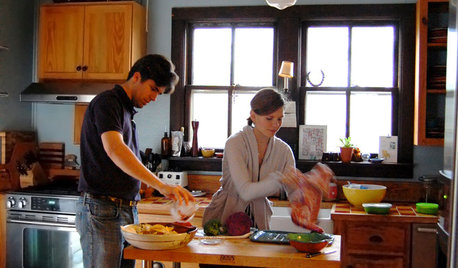
ENTERTAINING8 Stress-Busting Tips for Hosting Small Gatherings
Make entertaining easy with these ideas for casual get-togethers
Full Story
MOST POPULARModern Party Etiquette for Hosts and Guests
Learn the mannerly way to handle invitations, gifts and even mishaps for a party that's memorable for the right reasons
Full Story
PRODUCT PICKSGuest Picks: Host a Late-Summer Soiree
Have a beachy but elegant summer fling with serveware, glasses and accessories that nod to nautical
Full Story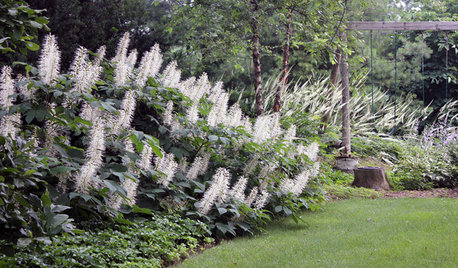
GARDENING GUIDESGreat Design Plant: Aesculus Parviflora
Just like July fireworks, bottlebrush buckeye will light up southeastern U.S. woodland gardens
Full Story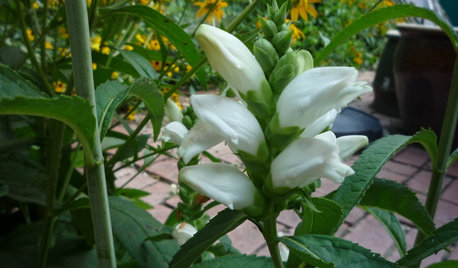
GARDENING GUIDESGreat Design Plant: Chelone Glabra
White turtlehead is perfect for rain gardens and moonlit strolls; plant this butterfly host in spring for subtle style in late summer
Full Story
GARDENING GUIDES9 Clay-Busting Native Flowers for Summer Sun
These plants survive and even thrive in tough clay soil east of the Rocky Mountains
Full Story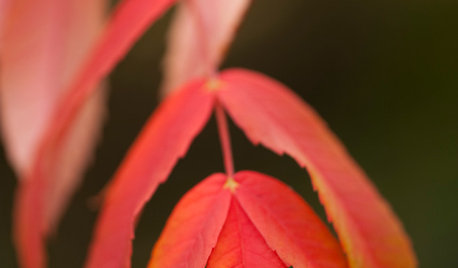
GARDENING GUIDESGreat Design Plant: Rhus Glabra
Smooth sumac provides powerful jolts of fall color and persistent fruit clusters that add interest through the winter
Full Story
GROUND COVERSNative Alternatives to English Ivy, Japanese Pachysandra and Periwinkle
These shade-loving ground covers are good for the environment and say something about where you are
Full StoryMore Discussions




caterwallin
MissSherry
Related Discussions
Common Buckeye habitat
Q
Need advice from central texans on host plants...
Q
Host Plant to add to FAQ Host Plant List
Q
Castilleja, si usted por favor
Q
susanlynne48Original Author
mboston_gw
mcronin
susanlynne48Original Author
linda_centralokzn6
susanlynne48Original Author
Msrpaul
susanlynne48Original Author
linda_centralokzn6
mboston_gw
biophilia
caterwallin
parrothead_fa
susanlynne48Original Author
caterwallin
susanlynne48Original Author
MissSherry
caterwallin
MissSherry
MissSherry
susanlynne48Original Author
mboston_gw
butterflymomok
MissSherry
butterflymomok
MissSherry
cass_fritillary
bcbud
caterwallin
butterflyman
Leafhead
four (9B near 9A)
four (9B near 9A)
four (9B near 9A)
linda_tx8